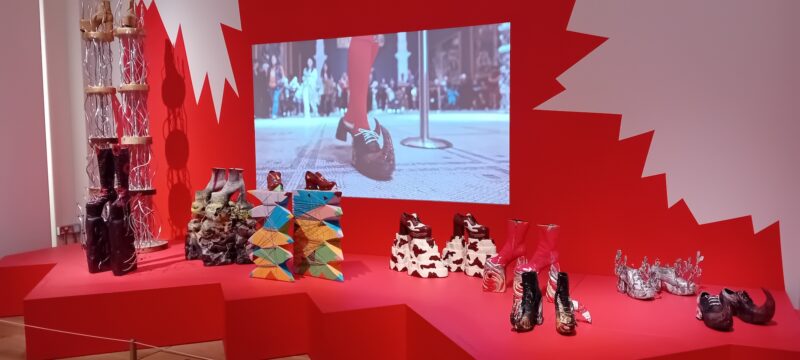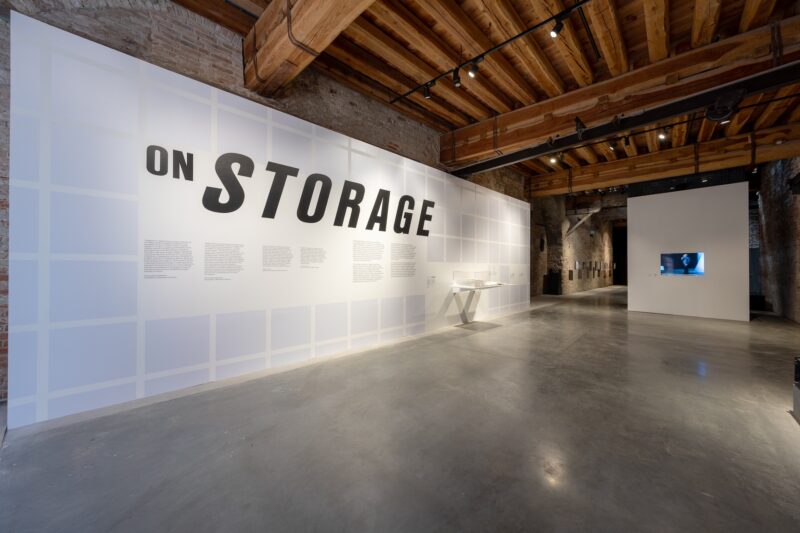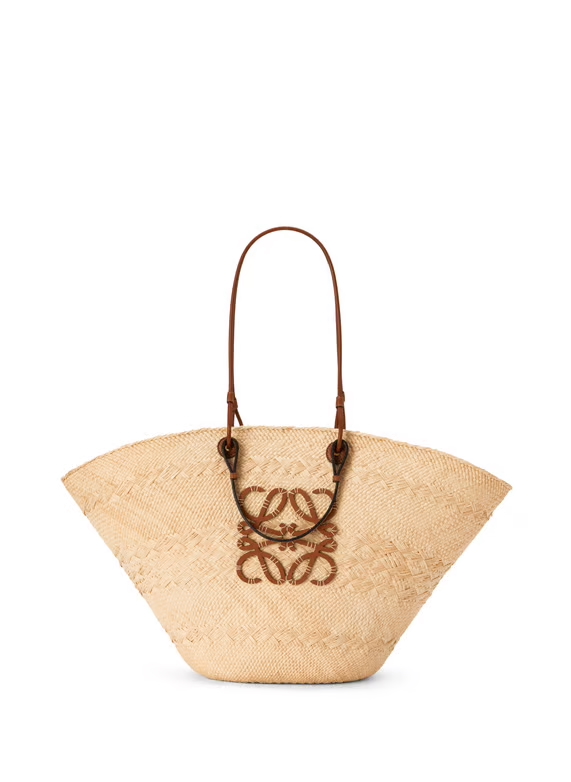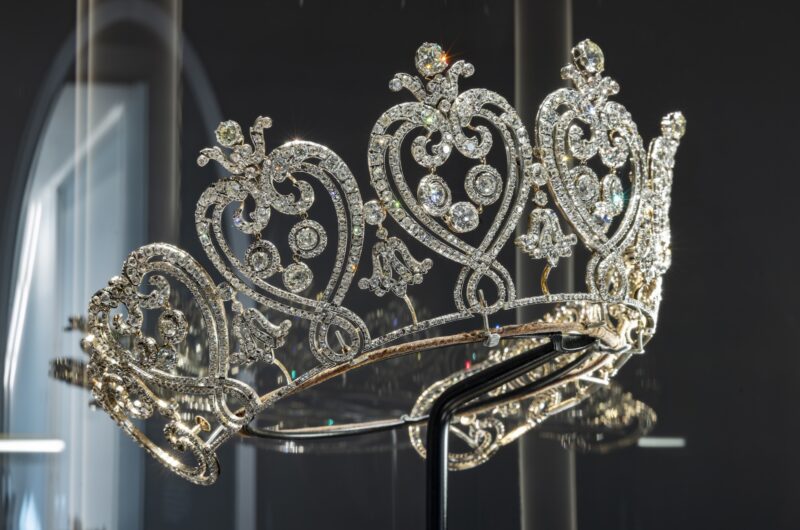Qui Qu’a Vu Coco? If you haven’t and were not fortunate enough to get a hold of tickets for the sold-out exhibition, Gabrielle.Chanel. Fashion Manifesto, the show finally came to a close on the 10th March. In September 2023, the Victoria and Albert Museum in London opened its doors once again to fashion devotees across the capital for another epic fashion retrospective. With the previous success of past fashion exhibitions such as Alexander McQueen: Savage Beauty, Balenciaga: Shaping Fashion, and Christian Dior: Designer of Dreams would it measure up?
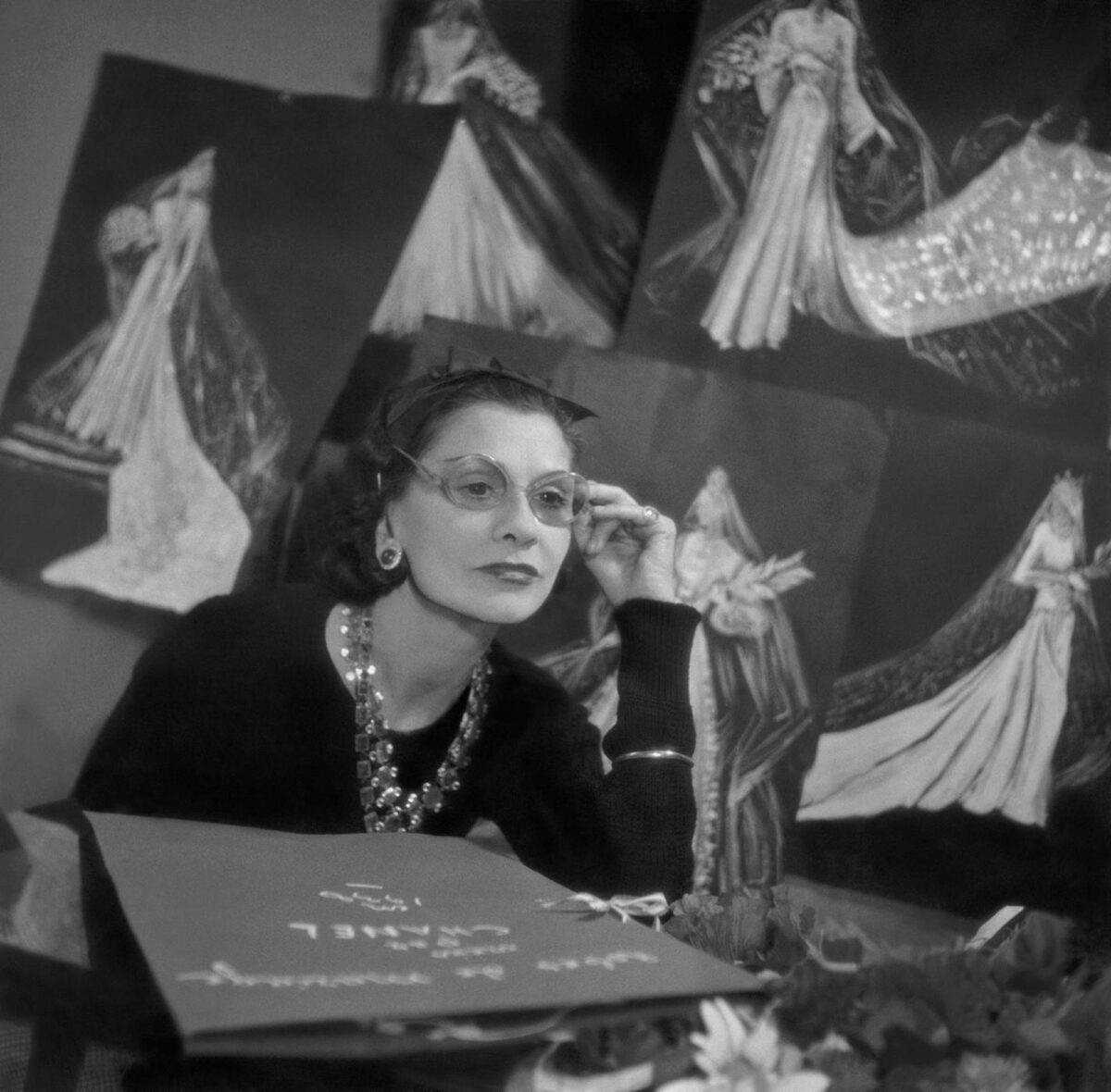
Chronicling the first retrospective in the UK dedicated to the legendary life and work of the famed designer Gabrielle “Coco” Chanel—marking the inception of the house, starting with the opening of her first millinery boutique in Deauville 1910, her rise to global recognition and final collection before she died in 1971. A smaller rendition of the show was exhibited in Paris at the Palais Galliera in 2020, but in this larger iteration, the show’s curators added the British influences to the house. As you slowly descend the escalator and arrive at the ornate lower halls of the Simon Sainsbury Gallery, audiences will enter the world of French couturière with their preconceived notions of who she might have been based on the house’s emblematic hero products, such as the 2.55 handbag, the little black dress, CHANEL N°5, the tweed suit that we have come to know. A point of contention then arises when learning about her wartime activities as a Nazi collaborator who Nazis considered a ‘trusted source’.
Chanel cannot dispel those allegations, considering her well-documented involvement with high-ranking German Nazi officer Baron Hans Günther Von Dincklage. New research also suggests that she was also part of the French resistance, so was she a double agent? Shedding light on these findings raises questions about how one’s political affiliations reflect one’s moral stance enter Hugo Boss. And whether historical figures with such chequered pasts should be memorialised amidst a landscape where cancel culture and optics wield influence. However, uncovering such a nuanced paradox can easily blur the lines between condemnation and praise — we tend to move the goal post for those we admire.
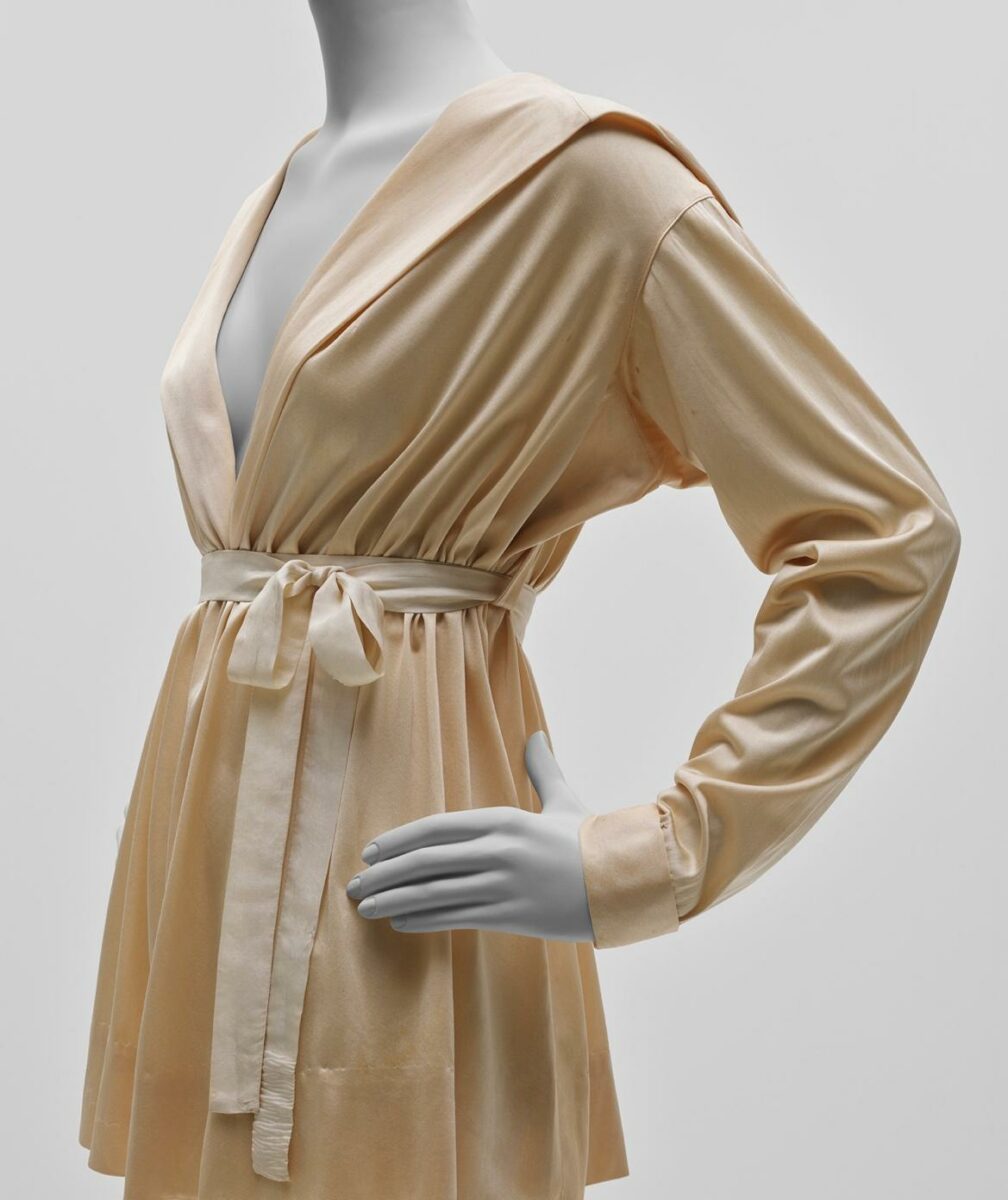
Visitors are introduced to a concave white wall with black wall text detailing her lifetime of events at the entrance. The monochromatic running theme of black on white and white on black continues throughout the show and exudes sophistication and reverence, which aligns with the brand’s austere aesthetic. Her life in images, words, film and artefacts has been carefully curated into ten thematic sections highlighting some of the pivotal moments of the house’s history.
Audiences will eventually encounter one of the first surviving garments in the show, a well-maintained ivory-coloured Marinière silk blouse created by Chanel in 1916. Which shares its space with a black straw hat dating back to 1917, highlighting Chanel’s origins as a milliner. Understanding the sociocultural landscape of this time, when full skirts and cinched corseted bar jackets were all the rave, you could already see that the relaxed, simplicity of the blouses silhouette stood as a precursor for modernity and timeless design for the modern woman.
Chanel leaned towards concepts of practicality and innovation, wanting women to break away from the constraints of traditional attire after the war. Her introduction to inexpensive British fabrics like tweed and jersey stems from her romantic relationships with the Duke of Windsor and her Muse and financier, Boy Capel. Having strategically positioned herself within British old-money circles with such finesse, she drew inspiration from men’s sportswear, seamlessly integrating those elements into her ready-to-wear designs. Though short-lived, her venture, British Chanel, thrived on collaborations with British textile artisans; the patterns observed in the textiles influenced the development of her iconic tweed suits.

Imagine my excitement as I reached the atrium, met with over 50 colourful pristine, colourful tweed suits elegantly displayed on two levels behind translucent glass. Among them, a pink suit once donned by actress Lauren Bacall adding a touch of Hollywood glamour to the exhibit. The white lighting on backdrop highlights the intricate details of each garment emphasising the ease of free movement and the departure from restrictive design. A sight to behold for any luxury connoisseur who has ever dreamed of having a public walk-in wardrobe. I pause to admire a cream-colored suit, among the chaos of other museumgoers realising that seemingly everyone and their mother had the same idea.
In neighbouring rooms, visitors are introduced to the keynote innovations that have defined the heritgae of the brand, showcasing Chanel’s signature motifs: the interlocking CC’s on her quilted flap bags introduced by the late Karl Lagerfeld in the 1980s, two-tone shoes, opulent Byzantine-inspired costume jewellery encrusted with precious stones and alas the timeless allure of CHANEL N°5, celebrated by luminaries like Queen Elizabeth II and Marilyn Monroe. Chanel’s success in multiple luxury goods categories is a testament to her astute business acumen and entrepreneurial mindset.

A notable highlight was the closing score, faithfully recreating Chanel’s haute couture salon at 31 Rue Cambon.The faceted mirror staircase, a hallmark of Chanel’s iconic shows, beguiling gowns and flouncy cocktail dresses in sumptuous silk, velvet, and tulle, lace hemlines varied in height, offering a diverse range of lengths to suit every preference.
In the rear left of the room, three brightly colored dresses capture my eye a deliberate placement from the the V&A’s Senior curator Oriloe cullen who stated, “As our research developed, we were struck by her exceptional eye for colour and for pattern… we decided to draw out this story throughout the various periods of Chanel’s career incorporating garments that showcase this particular factor”. I embrace the opportunity to immerse myself in Chanel’s iconic world before I depart knowing that we may never crack the code of who the real Coco Chanel was; due to her furtive nature nonetheless, I am okay with that.
Bottom of Form
From destitution to prosperity, it was the needle that saved her from the orphanage in rural France, enabling her to rise above the circumstances that she needed to be freed from. In sum, this was a masterful celebration of elegance, grit, and empowerment—a testament to the enduring legacy of one of fashion’s most iconic super brands. Chanel’s creative spirit transcended the boundaries of fashion, and despite critics’ assertions that the show did not document events after her death, her contributions continue to speak for themselves.
Gabrielle Chanel. Fashion Manifesto at the Victoria & Albert Museum
